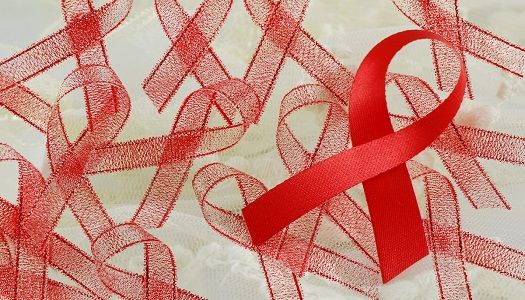Article
CDC Announces National HIV Infection Decline, But It's Not All Good News
Author(s):
CDC officials break down annual HIV infections in a new analysis.

Great things are happening in the world of HIV/AIDS, and the US Centers for Disease Control and Prevention (CDC) just announced that annual HIV infections have declined substantially in the United States.
Presented at the Conference on Retroviruses and Opportunistic Infections (CROI 2017) in Seattle, Washington, CDC estimates found that HIV infections dropped by 18% between 2008 and 2014—going from 45,700 to 37,600 annual infections.
CDC officials also looked at infection rates in specific groups of people and found significant reductions:
- People who inject drugs: 3,900 to 1,700 (56% reduction)
- Heterosexuals: 13,400 to 8,600 (36% reduction)
- Gay and bisexual males ages 13 to 24: 9,400 to 7,700 (18% reduction)
- Caucasian gay and bisexual males: 9,000 to 7,400 (18% reduction)
“The nation’s new high-impact approach to HIV prevention is working,” said Jonathan Mermin, MD, director of CDC’s National Center for HIV/AIDS, Viral Hepatitis, STD, and TB Prevention. “We have the tools, and we are using them to bring us closer to a future free of HIV.”
While HIV infection rates decreased in gay and bisexual adolescents, they didn’t drop in gay and bisexual adults—making this the only group not to see a reduction from 2008 to 2014. The annual infection rates for gay and bisexual men overall hovered around 26,000 cases and 10,000 cases of those are African American. CDC officials said this is due to the fact that the reduction in young and Caucasian gay and bisexual offset was offset by increases in other groups:
- Gay and bisexual males ages 25 to 34: 7,200 to 9,700 (35% increase)
- Latino gay and bisexual males: 6,100 to 7,300 (20% increase)
Despite increases in HIV infection in subsets of gay and bisexual men, the researchers believe that increases in pre-exposure prophylaxis (PrEP) use have helped prevent new infections. The drug therapy was approved by the US Food and Drug Administration (FDA) in 2012 and is meant for high-risk individuals.

Specific states and the District of Columbia (DC) also had noteworthy HIV infection decreases:
- DC: 10% reduction each year for six years
- Maryland: 8% reduction each year for six years
- Pennsylvania: 7% reduction each year for six years
- Georgia: 6% reduction each year for six years
- New York: 5% reduction each year for six years
- North Carolina: 5% reduction each year for six years
- Illinois: 4% reduction each year for six years
- Texas: 2% reduction each year for six years
Southern states make up 37% of the US population, however, estimations found that they made up 50% of HIV infections in 2014.
“Unfortunately, progress remains uneven across communities and populations,” said Eugene McCray, MD, director of CDC’s Division of HIV/AIDS Prevention. “High-impact prevention strategies must continue to be developed and implemented at the state and local levels to accelerate progress.”
The CDC officials also remain concerned about people who inject drugs. Although HIV infection rates have dropped, the current opioid epidemic threatens that.
“We need to expand the reach of comprehensive syringe services programs, which reduce the risk of HIV infection without increasing drug use, and can link people to vital services to help them stop using drugs,” Mermin said.




